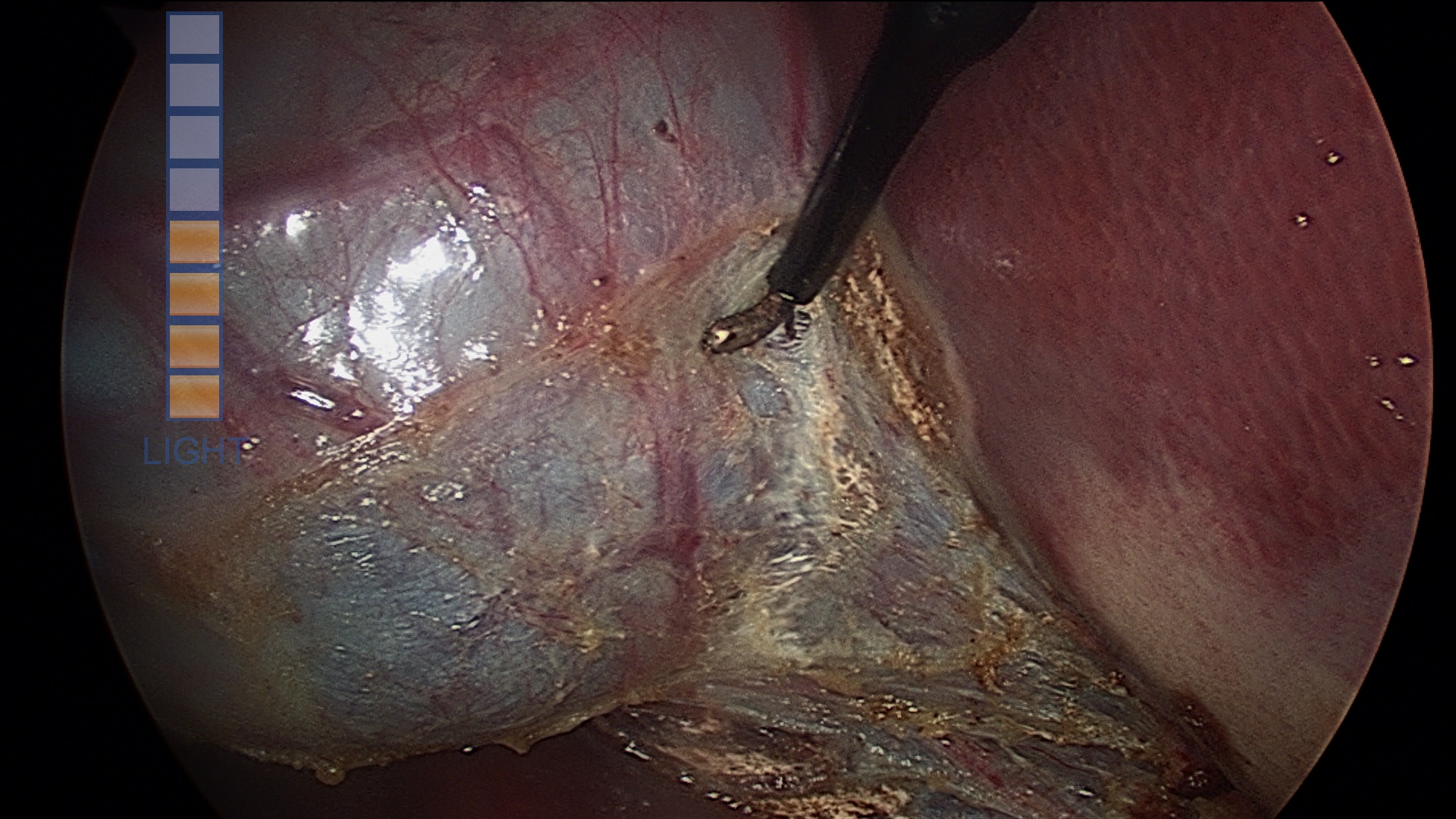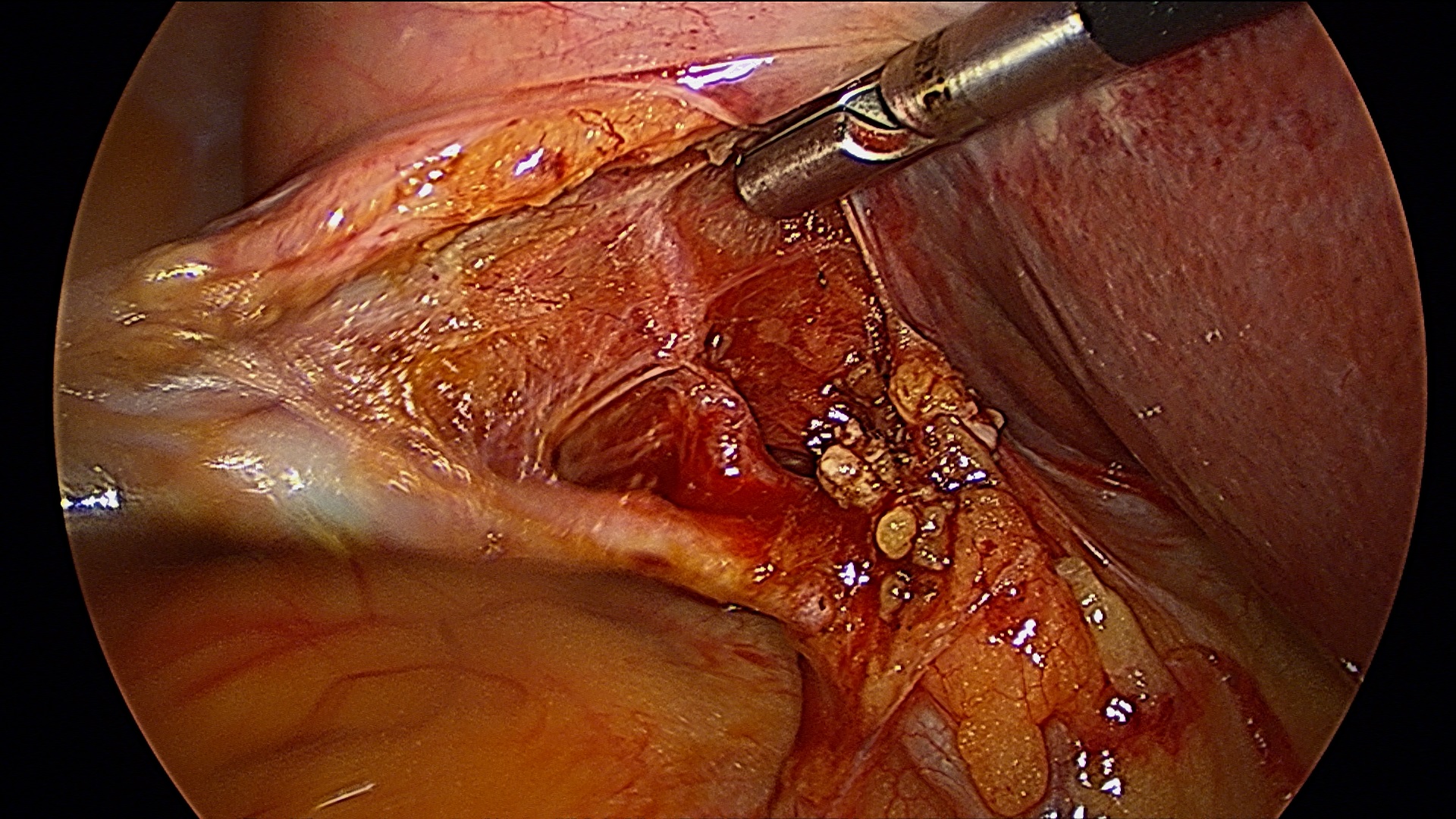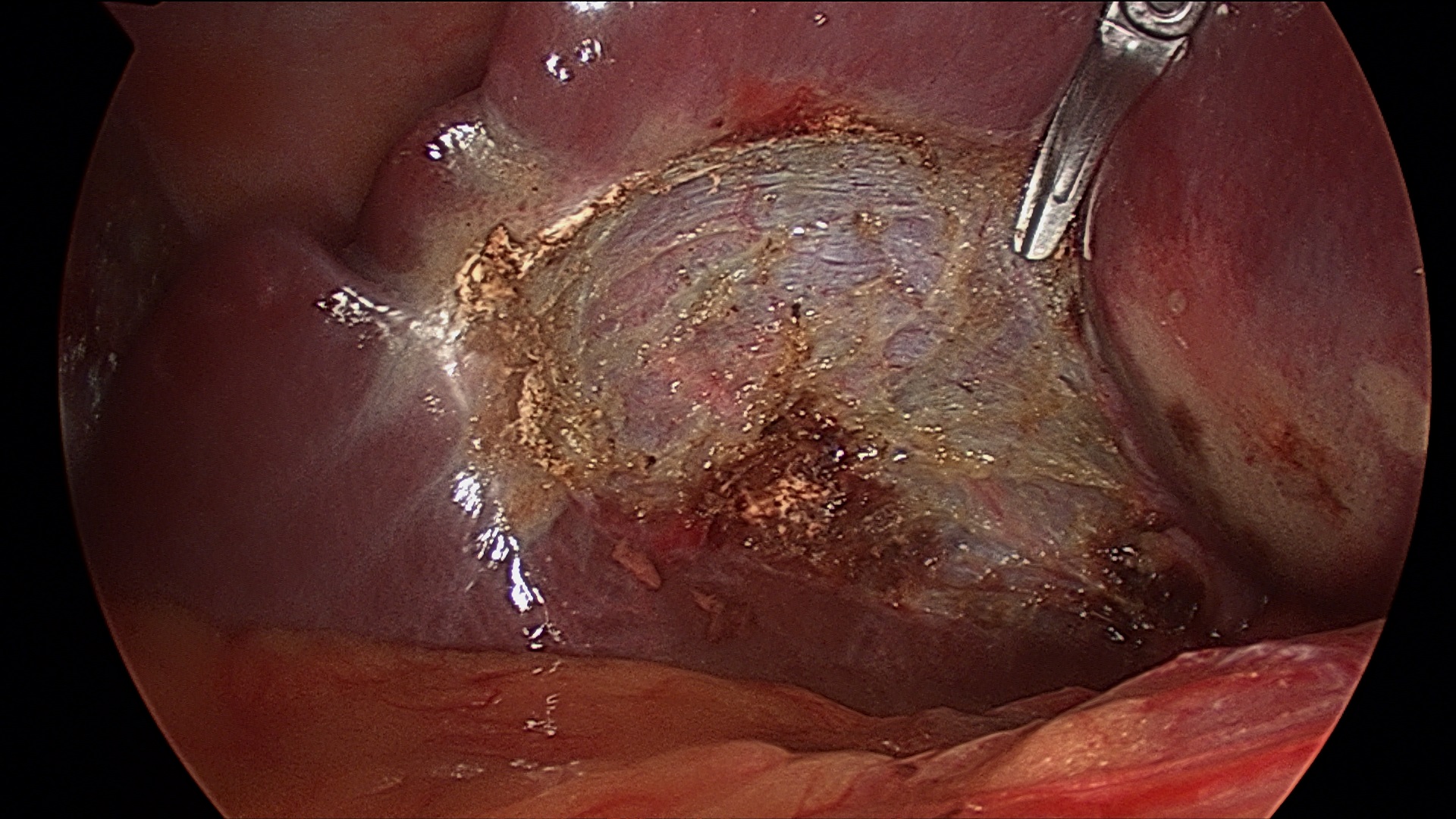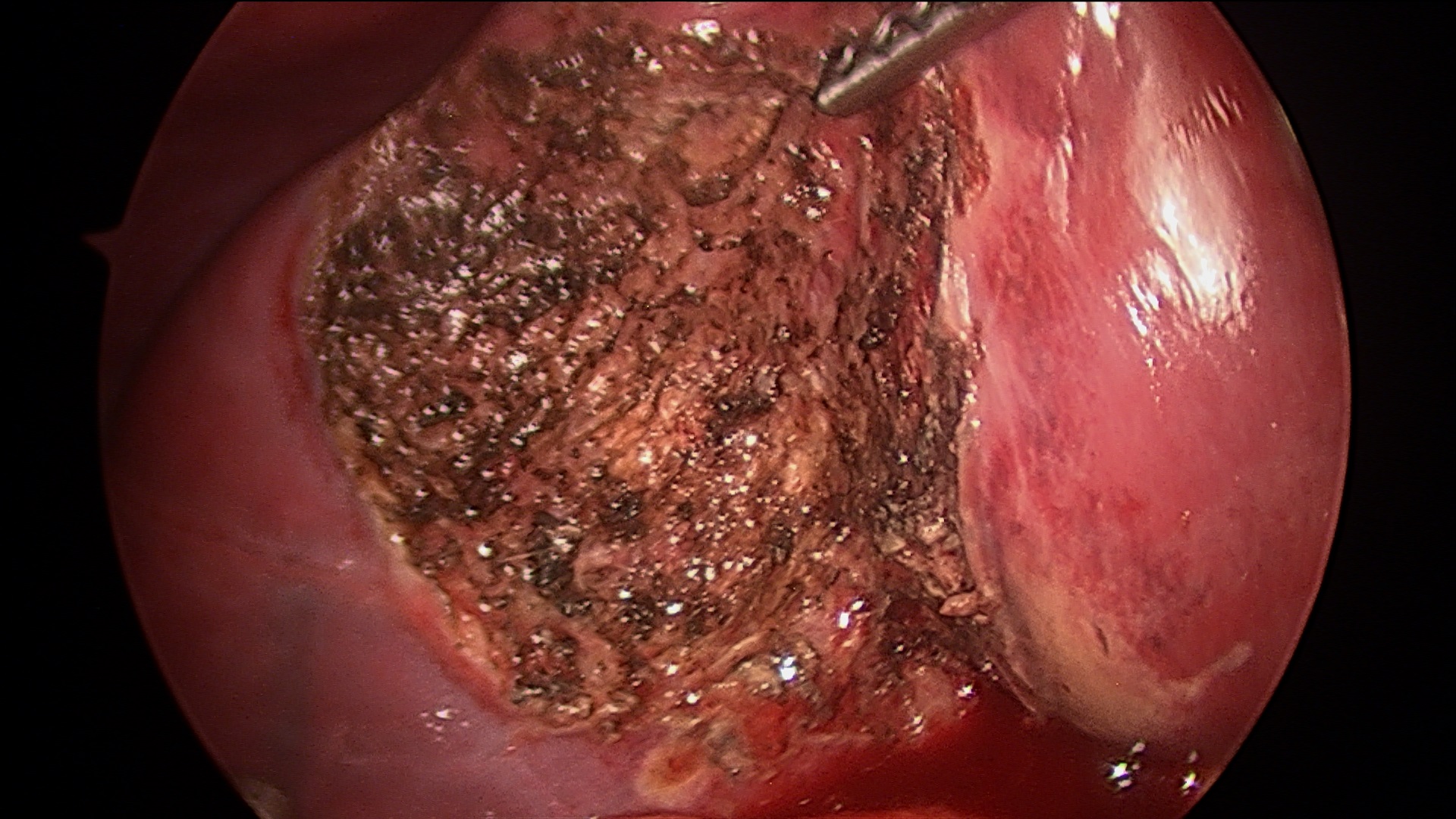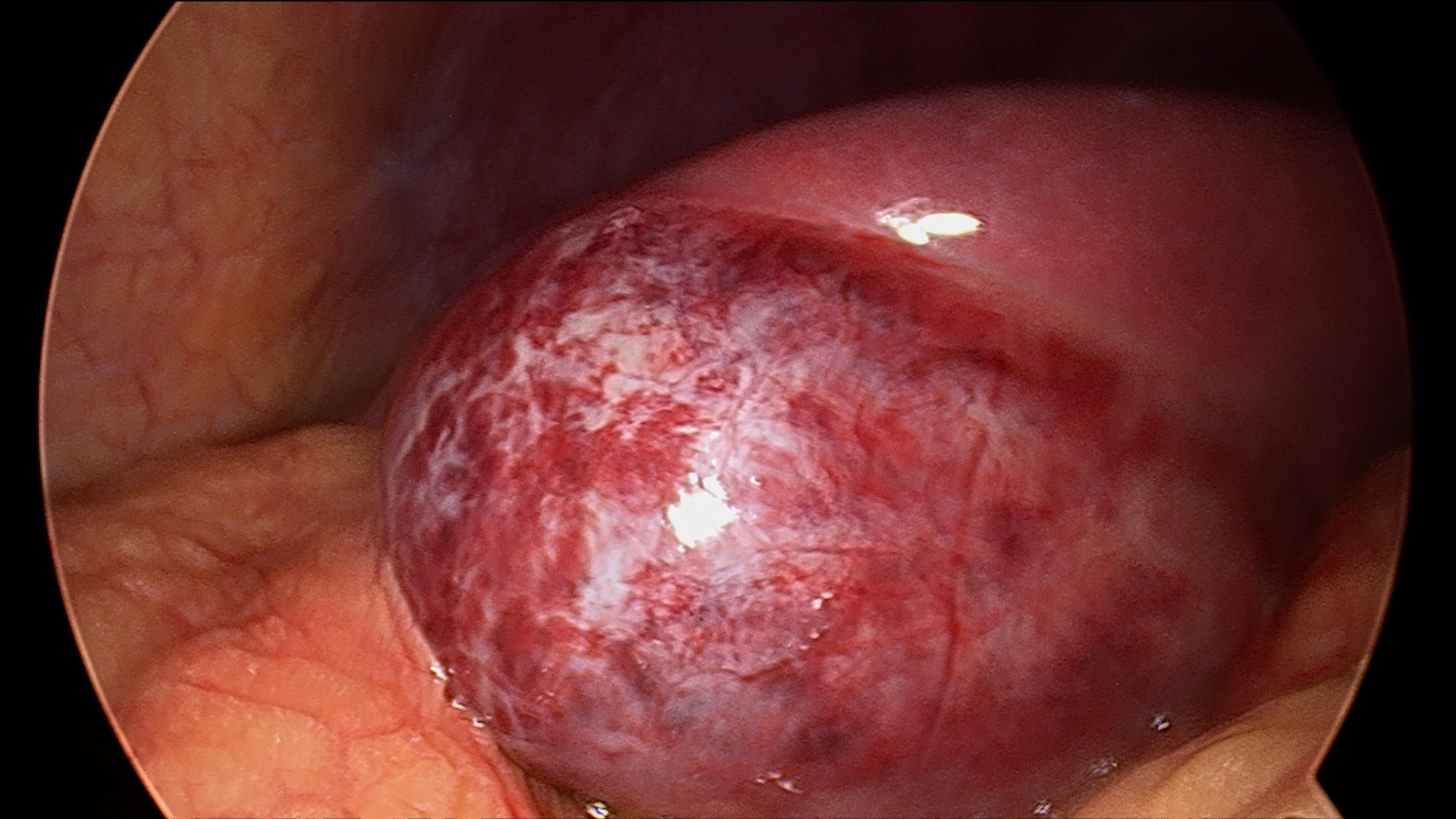Gallbladder Surgery Youngstown
Gallbladder Surgery Youngstown?
Dr. Dennis Orr is a Youngstown area surgeon who performs Gallbladder surgeryusingrobotic equipment to perform preciseprocedures.
What is the Gallbladder?
The gallbladder is a small organ that looks like a partially inflated balloon. It is located just underneath the right side of the liver. The gallbladder collects and concentrates bile that is produced in the liver that functions with digestion of fats.
What Problems Can Occur with the Gallbladder?
Gallstones can precipitate out of the bile and collect in the gallbladder. This occurs as there is an imbalance of bile salts and cholesterol. These stone can block the opening of the gallbladder causing the gallbladder to swell like a balloon and lead to sepsis and death. This may be intermittent as the stones fall out of the opening of the gallbladder, or it may impact in the opening causing acute cholecystitis (inflammation). When acute cholecystitis occurs, the gallbladder swells, the wall thickens, and fluid can collect around the gallbladder. This can lead to gangrene (blocked blood flow to the gallbladder causing necrosis).
If the gallstones make their way out of the gallbladder, they can get lodged in the duct leading to the duodenum (1st portion of the small intestine). This can lead to infection and liver dysfunction. If the gallstones pass out into the duodenum, they can cause pancreatitis (inflammation of the pancreas).
Other problems with the gallbladder include biliary dyskinesia and sphincter of Oddi dysfunction. Biliary dyskinesia occurs when the gallbladder does not empty well causing distention of the gallbladder when it is supposed to empty. Sphincter of Oddi dysfunction is narrowing of the muscle that controls the release of bile into the duodenum. This leads to back pressure and distention of the gallbladder when it tries to empty.
How Are Gallbladder Problems detected?
Symptoms are gallbladder disease include nausea and abdominal pain. The pain is usually in the right upper quadrant but sometimes in the upper middle abdomen. Symptoms are usually precipitated by a meal containing fats. The fat triggers the gallbladder to contract which lead to distention.
Blood tests may detect elevated liver enzymes associated with gallbladder diseas. An ultrasound is an inexpensive and safe test that can detect gallstones. A HIDA scan measures the emptying of the gallbladder. A medication is given, and the gallbladder contracts. The ejection fraction is measured to diagnose biliary dyskinesia. Other tests include CT scan and MRI.
Surgery for the Gallbladder
Gallstones do not dissolve on their own. There are medications that can cause certain types of gallstones to dissolve, but the success rate is low and short-term. Removing stones from the gallbladder is also not an option as this can lead to leaks from the gallbladder and gallstones will just reform. Therefore, the treatment requires removal of the gallbladder (cholecystectomy). Steps include dissecting the gallbladder (cystic) duct and artery, tying off the cystic duct, sealing the blood vessels to the gallbladder, and dissecting the gallbadder from the liver bed.
Cholecystectomy is by far best done laparoscopically. The average length of stay due to all the possible complications with an open cholecystectomy have been reduced from a week to an outpatient procedure (home the same day). The incidence of converting to a tradition, open procedure varies between surgeons. The average incidence is somewhere around 5%. Currently, mine is less than1%.
Adjunctive procedures are sometimes performed during a cholecystectomy. Many surgeons perform an intraoperative cholangiogram where dye is injected into the gallbladder and its ducts looking for stones. This is important to avoid a missed stone that may cause liver obstruction or pancreatitis. Alternatively, a laparoscopic ultrasound may be performed of the liver ducts. This is highly accurate and avoids radiation. I was trained on this in my fellowship and currently perform laparoscopic ultrasound on all of my patients with gallstones. Other adjunctive procedures include common bile duct exploration and ERCP (see ERCP chapter).
Incisions with Laparoscopic Cholecystectomy
Many surgeons perform laparoscopic cholecystectomy with 4 small incisions varying between 5-12 mm. Others perform the operation through a single incision up to 25 mm in diameter to put all the instruments in together. The larger, single incision, however, has more pain and a much higher hernia rate (8% vs 1%) than multi-port laparoscopic cholecystectomy. I use 3 tiny incisions: an 11 mm incision hid at the navel and two 5 mm incisions.
Complications with Cholecystectomy
Complications with cholecystectomy are uncommon. Bleeding or infection can happen with any surgery. On very rare occasions, injury to the liver duct can occur. This complication may be avoided with the use of laparoscopic ultrasound by recognizing the ductal structures at the time of cholecystectomy prior to dividing the duct. First line diagnosis and treatment is with ERCP (see chapter on ERCP).
Gangrenous Gallbladders I Have Safely Removed Laparoscopically

